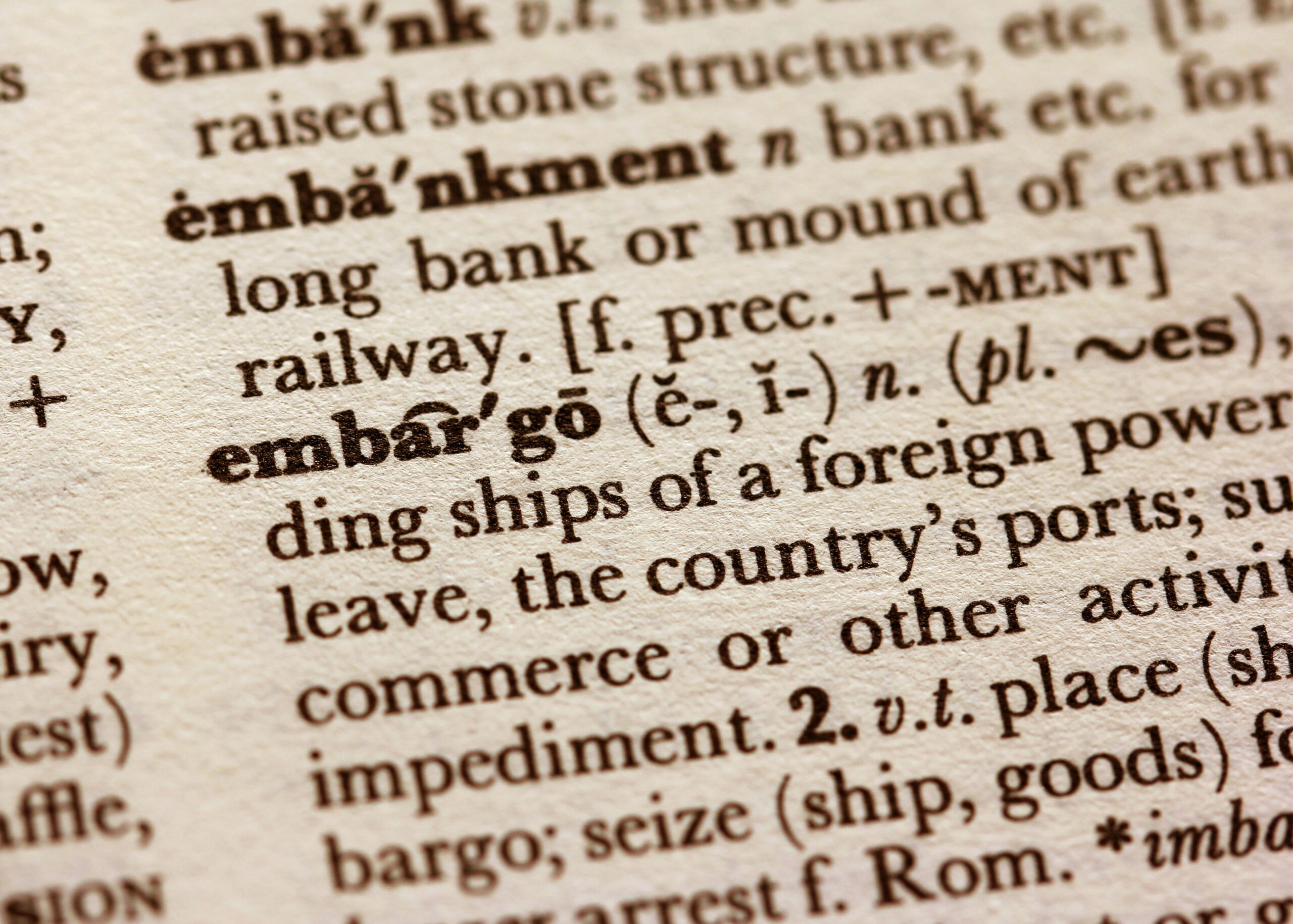Teaching Vocabulary in High School

Abibliophobia. Apricate. Zeugma. What do these words mean? And if you don’t know, how can you figure them out? These are common teaching questions in any classroom, both content classes and foreign language classes.
In a study performed by Jiahua Mao in Asia, 50% of the students learning English improved their vocabulary through reading. Learning words in isolation, meaning that the words are not used in context but just taught to be memorized, was found to be the least effective manner of learning new vocabulary, although traditionally the most used (Mao 163). Yet this is what many teachers do: give a list of vocabulary words to their students, have the students memorize their definitions, and then repeat the definitions on a test.
Mao’s study then goes on to show that the most effective way to teach new vocabulary is to have students use the words in context. So what are some ways to do this?
Teach words in context:
1. Instead of simply writing down the definitions, students should write individual sentences for each vocabulary word–these sentences need to show the definition of the word in context.
2. Along with learning definitions, students should know synonyms for the words. The students can make synonym lists in their notebooks and go over them when they have a free moment.
3. One of the best ways to learn new definitions is by figuring them out from context when reading. Since students may need guidance, the teacher can model how to read around the unfamiliar word, looking for clues to its meaning.
Use visual aids:
4. Instead of making a word list with definitions, students can illustrate the new words.
5. Students can make flashcards with a picture on one side and the word on the other (this works well with learning a foreign language). The pictures can be hand-drawn or cut from magazines.
6. The teacher can hang posters around the classroom that display unfamiliar words along with the words used in context.
7. When students are reading and encounter a new word, they can draw a picture of the word’s meaning on a sticky note and place it over the word on the page.
8. When teaching a foreign language, the teacher can place labels identifying all the items in the classroom.
Use games (my favorite):
9. Memory: Probably the simplest vocabulary game is to print a set of cards, with each vocabulary word and and each definition on a separate card. Students then turn the cards face down and take turns turning over two cards at a time, looking for a pair. If the student finds a pair, he or she keeps the cards and takes another turn. The student with the most cards at the end wins. If the same vocabulary words are taught from year to year, the cards can be laminated and re-used.
10. Tic-tac-toe: A quick time-filler game, vocabulary tic-tac-toe is played by dividing the students into two groups. The teacher writes a tic-tac-toe shape on the whiteboard and fills in each box with a current vocabulary word. The teams then take turns using the vocabulary word in a sentence that shows its meaning (and the word must be pronounced correctly). If the team gets the sentence correct, they place an X/O on the spot where the word is. Regular tic-tac-toe rules apply.
11. Taboo: This classroom vocabulary game is similar to the board game Taboo. The teacher prepares cards for each new word, including the word at the top and then four words underneath that might be used in defining the vocabulary word. Students are divided into two teams; one at a time, the student describes the word to their team without using any of the four words in the list. Once the team guesses the word, the talking student goes on to the next word, continuing the turn for one minute. If the student uses one of the four words, he/she loses that point.
12. Chain: The teacher writes each new word’s definition on a card and then lays the cards out in a line. The word that matches the definition on the first card is written at the top of the second card; the word that matches the definition on the second card is written at the top of the third card, etc. The teacher then gives each student a card. The game starts with one student standing to the side of the room and reading his or her definition. The student who has the card with the matching word stands beside the first student. The second student reads his or her definition, and the student whose word matches that definition joins the line. This continues until all students are in the chain. The definition that the last student in the line holds should match the word on the first student’s card.
And the definitions of the words used at the beginning? Abibliophobia: the fear of running out of things to read. Apricate: to enjoy the sun. Zeugma: the use of one word with two other ideas, each which has a different meaning (e.g. The little boy stole my heart and my purse).
Work Cited
Mao, Jiahua. “Research on Current Situation and Countermeasures of English Vocabulary Teaching in Junior High School–A Case Study of Quiming Middle School of Guangzhou, Baiyun.” Language in India, Vol. 23, No. 6, June 2023, pp. 162-71. EBSCOhost, research.ebsco.com/linkprocessor/plink?id=5c2f1471-c4cd-3211-bc2e-58362b7450a1.
Photo by Sandy Millar on Unsplash
Related Items
Feedback
Leave a Reply